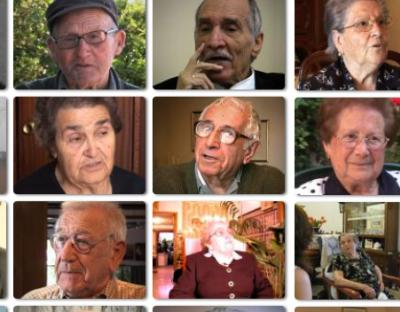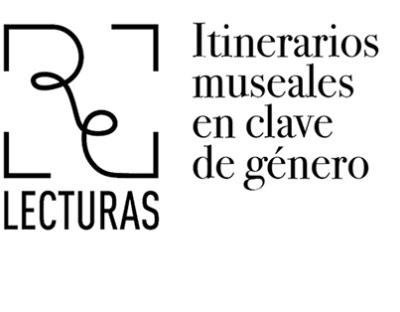L'ETNO (Museu Valencià d'Etnologia) began its collections in 1981. At the time curators started gathering objects, photographs documents and testimonies related to the culture of traditional and popular Valencian society. Their mission was to preserve Valencian culture memory and ethnological heritage.
Today, the collections of the museum are organised around two axes. On the one hand, an ethnohistorical look at the evolution of Valencian society, which emphasises daily life of anonymous people. This axis favours the study of traditional society and its comparison with comtemporary Valencian society. On the other hand, taking a look at other cultures, as the act of reflecting on others is ultimately a reflection on ourselves.
L'ETNO collections are grouped into five categories:
- Material Culture. From the home or the workshop; from daily chores or feast days; the clothes that cover us — and at the same time reveal us; objects that pass from generation to generation, and others symbolising change. Their patrimonial interest lies in the weight of cultural significance that pervades them.
- Photographic Archive. This section of the museum collects and preserves photographs, engravings and other images related to traditional and popular Valencian society.
- Anthropological Filming Collection aims to document cultural practices through audio-visual recordings. It focuses on work techniques and traditional crafts; feasts and celebrations, including music and dance.
- Ephemera. Written documents and paper or cardboard objects to which life was attached. Documents that have captured an experience, a moment, or even a social trend.
- Testimonials-Oral Memories from the protagonists of our culture, collected in the “Archive of Valencian Oral Memory” project and other research projects.



